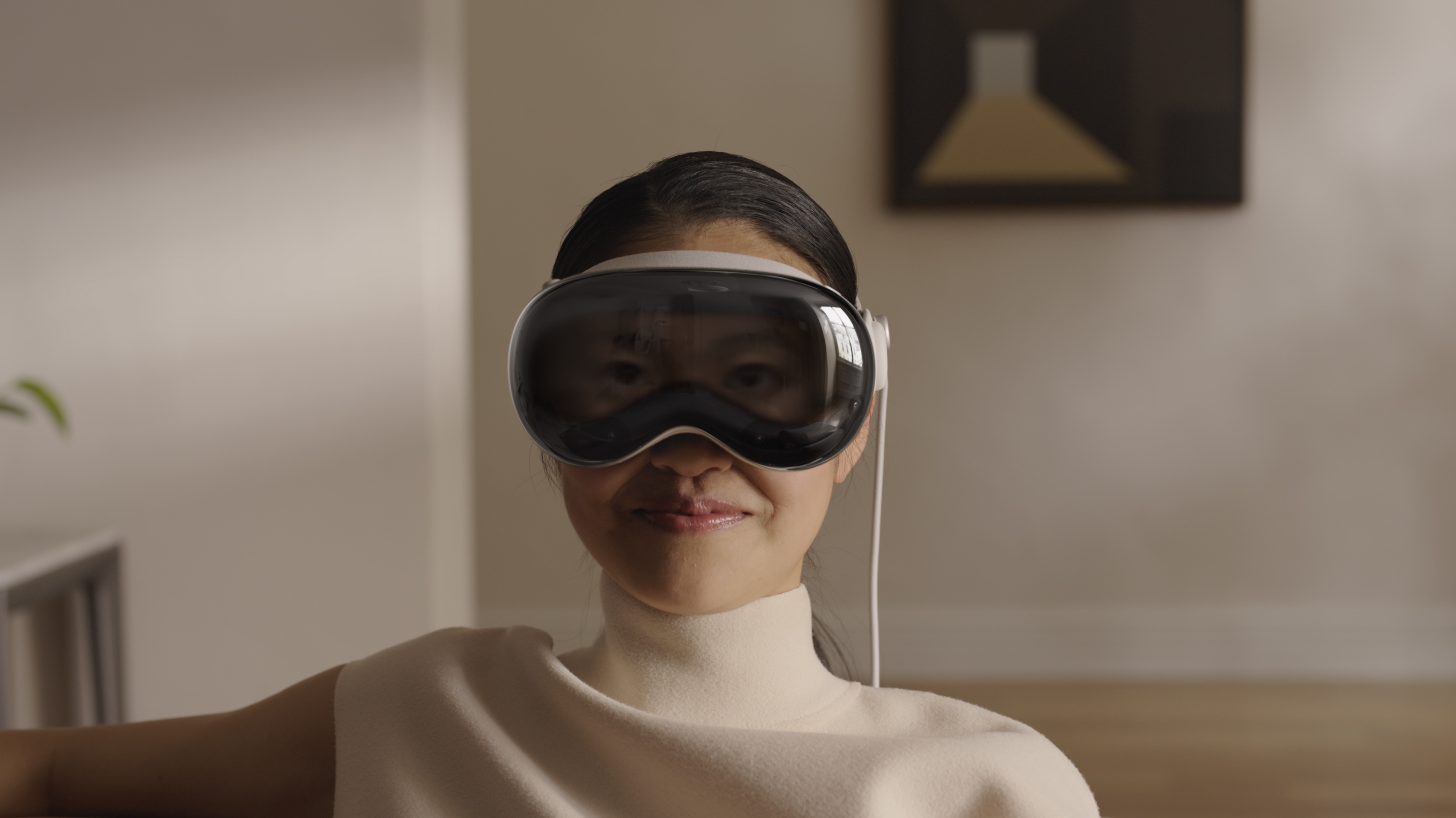Using Apple's Vision Pro with prescription lenses could get easier, but will it be better?
It seems like a good idea, but is it really?

Apple's Vision Pro headset isn't going to go on sale for another few months at least, and to be honest, we don't know exactly when it will happen beyond the vague early 2024 window Apple has provided. But the company is already planning what comes next and, according to one report, there are changes aplenty.
With Apple apparently still concerned about the weight of the Vision Pro we can expect the next one to be lighter. But that isn't all that's happening, and there is one potential change coming that will make a big difference to people who wear glasses.
That change, assuming the report is accurate, will see Apple switch to a new way of offering lenses for people who need corrective lenses. With Vision Pro v1. Apple will have people buy corrective lenses via Zeiss, something that adds complexity and cost. It's all needed because the Vision Pro won't allow space for people to wear their own glasses. But rather than push people to Zeiss, the next Vision Pro could have those lenses built into the headset itself. But while that will surely make the buying experience easier as a whole, is it really the best approach? I'd wager not, for a couple of reasons.
It's just so messy
This all comes via a Bloomberg report from the usually well-connected Mark Gurman, but it's always possible Apple's plans will change. With that said, the move to simplify the buying experience makes sense. But does it really make it easier?
Not for Apple, no. It wouldn't make a huge difference for people who want to walk into an Apple Store and walk out with their new AR/VR headset, either. Apple would surely only stock the standard model, meaning anyone who wants to order one with a prescription would have to wait for it to be delivered. There are simply too many prescription variations for Apple to stock them all except in stores with plenty of storage space.
Then there's the fact that Apple is setting itself up as a healthcare provider of sorts, something that might put its retail teams in a sticky situation — people used to selling iPhones could be faced with people who can't see properly because of their prescription, for example. Right now it can simply point people at Zeiss if something's amiss.
For a process that is supposed to make things simpler, it has the potential to do anything but.
iMore offers spot-on advice and guidance from our team of experts, with decades of Apple device experience to lean on. Learn more with iMore!
Single-user headsets are bad

While Apple will no doubt want people to buy a new Vision Pro for every member o the household, that simply isn't going to happen. But by building prescriptions into the headset, Apple might be forcing people into single-user purchases whether it means to, or not.
A headset with someone's prescription preinstalled won't work for someone else unless they have the same prescription (unlikely), making these headsets useless for sharing with other members of the family.
The same problem rears its head when you look to move your headset on, too. Apple will want you to trade it in at an Apple Store when it comes time to upgrade, but there are often better trade-in prices elsewhere. And what if you just want to sell your headset and not buy another one — the buyer would need to have the same prescription as you.
And there are problems even if you just keep your headset for a long time, too. Prescriptions change, and they can change a lot. Would you need to buy a whole new Vision Pro if you could no longer see properly with your old prescription?
It's still early days
Ultimately, Apple might already have a fix for much of this. The prescription lenses may come preinstalled, but could they be removed or swapped out if needed? Maybe. But it seems like unnecessary complexity in a product that Apple is already fighting to make less complex.
Vision Pro's success could hinge on making it as accessible as possible. I'm not sure that tying prescription lenses into its construction does that.

Oliver Haslam has written about Apple and the wider technology business for more than a decade with bylines on How-To Geek, PC Mag, iDownloadBlog, and many more. He has also been published in print for Macworld, including cover stories. At iMore, Oliver is involved in daily news coverage and, not being short of opinions, has been known to 'explain' those thoughts in more detail, too.
Having grown up using PCs and spending far too much money on graphics card and flashy RAM, Oliver switched to the Mac with a G5 iMac and hasn't looked back. Since then he's seen the growth of the smartphone world, backed by iPhone, and new product categories come and go. Current expertise includes iOS, macOS, streaming services, and pretty much anything that has a battery or plugs into a wall. Oliver also covers mobile gaming for iMore, with Apple Arcade a particular focus. He's been gaming since the Atari 2600 days and still struggles to comprehend the fact he can play console quality titles on his pocket computer.
